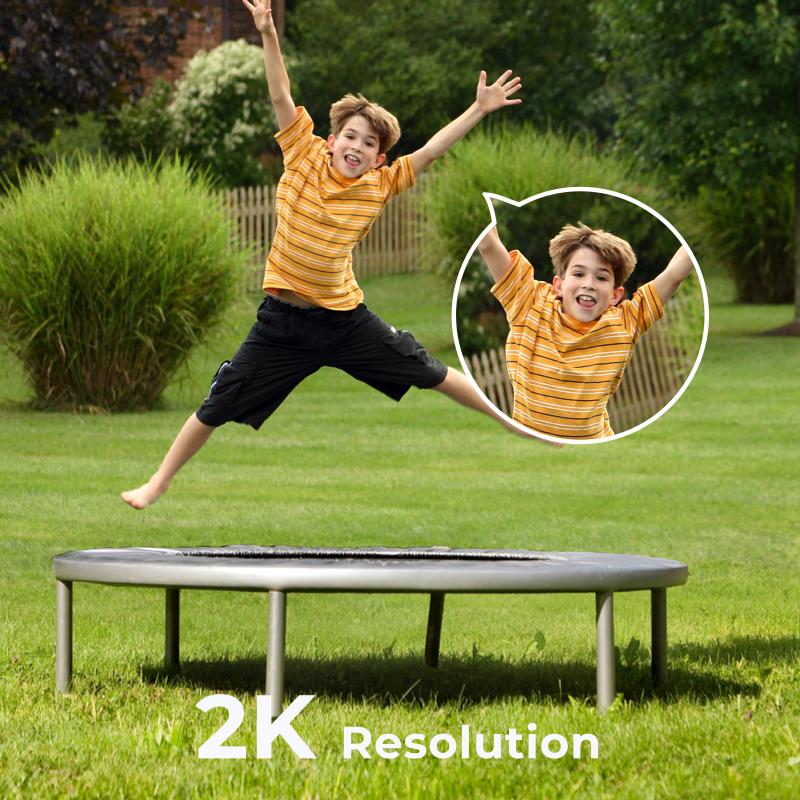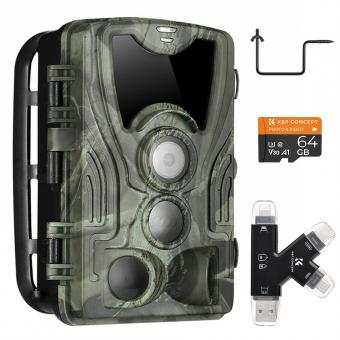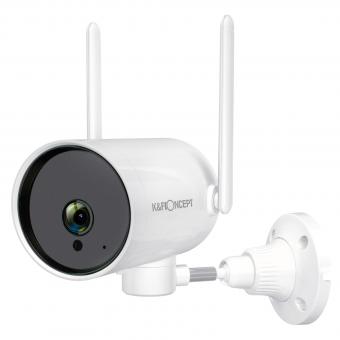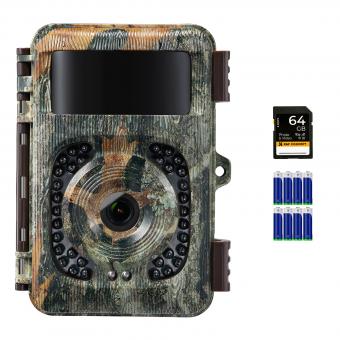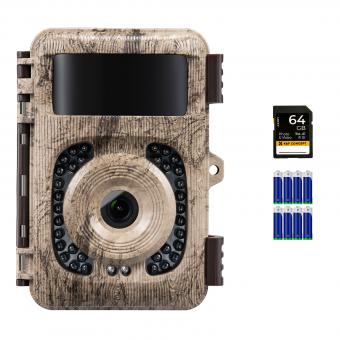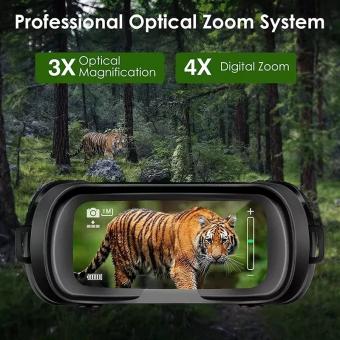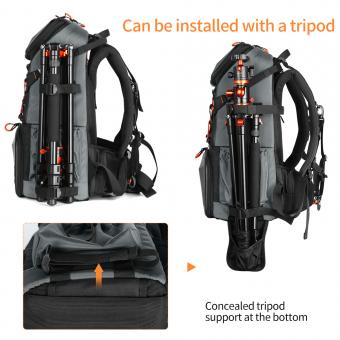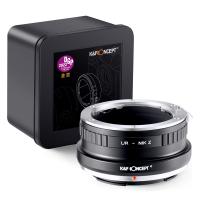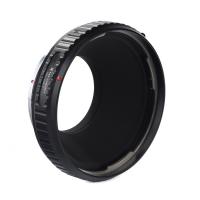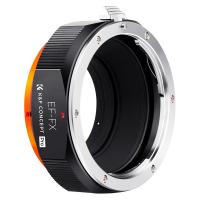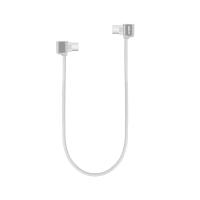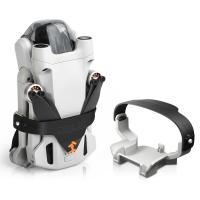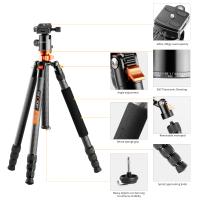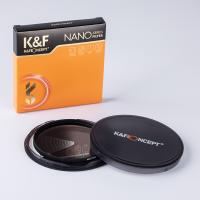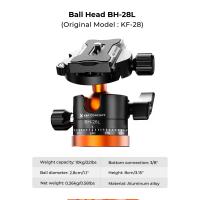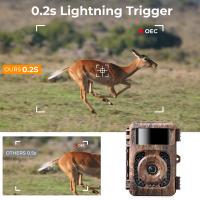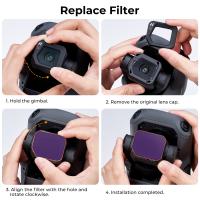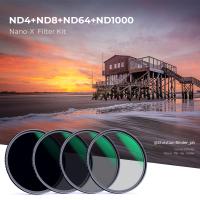Why Is My Wifi Camera Not Working ?
There could be several reasons why your WiFi camera is not working. It could be due to a poor internet connection, incorrect WiFi settings, or a problem with the camera itself. It is recommended to check if your internet connection is stable and if other devices can connect to the WiFi network. Ensure that the camera is within range of the WiFi signal and that the correct WiFi network and password are entered. Additionally, try restarting both the camera and the router to see if that resolves the issue. If the problem persists, it may be necessary to consult the camera's user manual or contact the manufacturer for further assistance.
1、 Network Connectivity Issues
There could be several reasons why your WiFi camera is not working, and one of the most common issues is network connectivity problems. When your camera is unable to connect to the network, it won't be able to transmit the video feed or perform any other functions.
One possible reason for network connectivity issues is a weak WiFi signal. If your camera is located far away from the router or there are physical obstacles like walls or furniture blocking the signal, it may not be able to establish a stable connection. In such cases, you can try moving the camera closer to the router or using WiFi extenders to improve the signal strength.
Another potential cause is incorrect network settings. Ensure that you have entered the correct WiFi password and that the camera is connected to the correct network. Additionally, check if your router has any security settings, such as MAC address filtering, that may be preventing the camera from connecting.
It's also worth considering if there have been any recent changes to your network setup. For example, if you recently changed your router or made modifications to your network configuration, it's possible that the camera's settings are no longer compatible. In such cases, you may need to reset the camera to its default settings and reconfigure it to work with the new network setup.
Lastly, software or firmware issues can also cause network connectivity problems. Ensure that your camera's software is up to date and consider checking for any firmware updates from the manufacturer's website. Updating the camera's firmware can often resolve compatibility issues and improve overall performance.
In conclusion, network connectivity issues are a common reason why WiFi cameras may not work. By troubleshooting the WiFi signal strength, checking network settings, considering recent network changes, and updating software or firmware, you can often resolve these issues and get your camera working again.
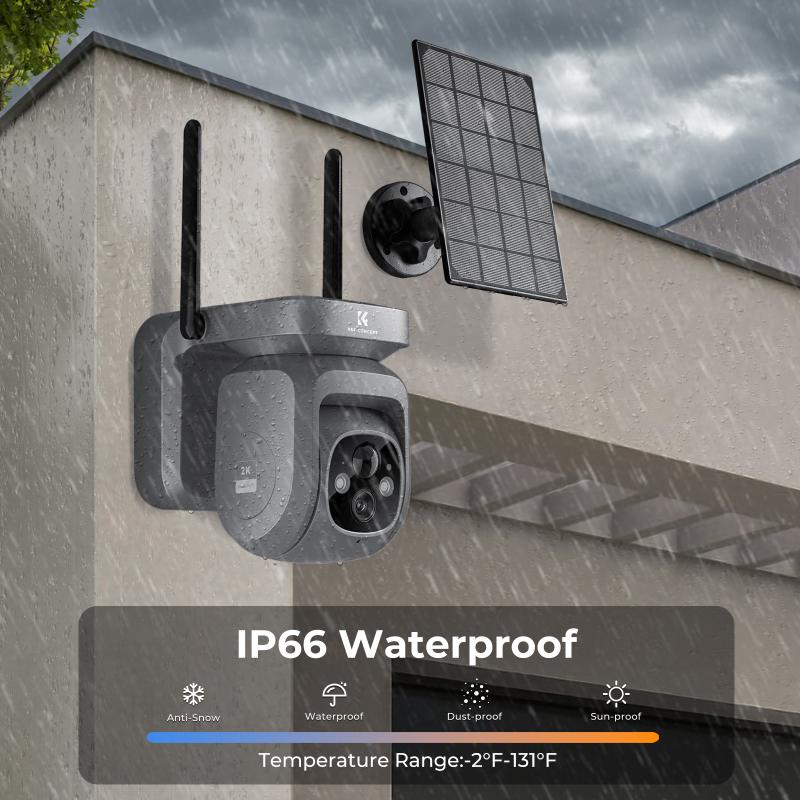
2、 Incorrect Camera Configuration
"Why is my WiFi camera not working?" There could be several reasons why your WiFi camera is not functioning properly. One possible reason is an incorrect camera configuration.
When setting up a WiFi camera, it is crucial to ensure that the camera is properly configured to connect to your WiFi network. This involves entering the correct network name (SSID) and password during the setup process. If this information is entered incorrectly, the camera will not be able to establish a connection with your WiFi network.
Another aspect of camera configuration is ensuring that the camera's firmware is up to date. Manufacturers often release firmware updates to address bugs, improve performance, and add new features. If your camera's firmware is outdated, it may cause connectivity issues or other problems.
Additionally, it is important to check if your WiFi camera is within range of your WiFi router. If the camera is too far away or obstructed by walls or other objects, the signal strength may be weak, resulting in a poor connection or no connection at all.
Furthermore, it is worth considering if there are any compatibility issues between your WiFi camera and your WiFi network. Some cameras may only support certain WiFi standards (e.g., 2.4GHz or 5GHz), so ensure that your camera and network are compatible.
Lastly, interference from other electronic devices or neighboring WiFi networks can also affect the performance of your WiFi camera. Try changing the WiFi channel on your router or relocating the camera to minimize interference.
In conclusion, if your WiFi camera is not working, an incorrect camera configuration could be the culprit. Double-check the network settings, update the firmware, ensure compatibility, check for signal strength, and minimize interference to troubleshoot the issue.
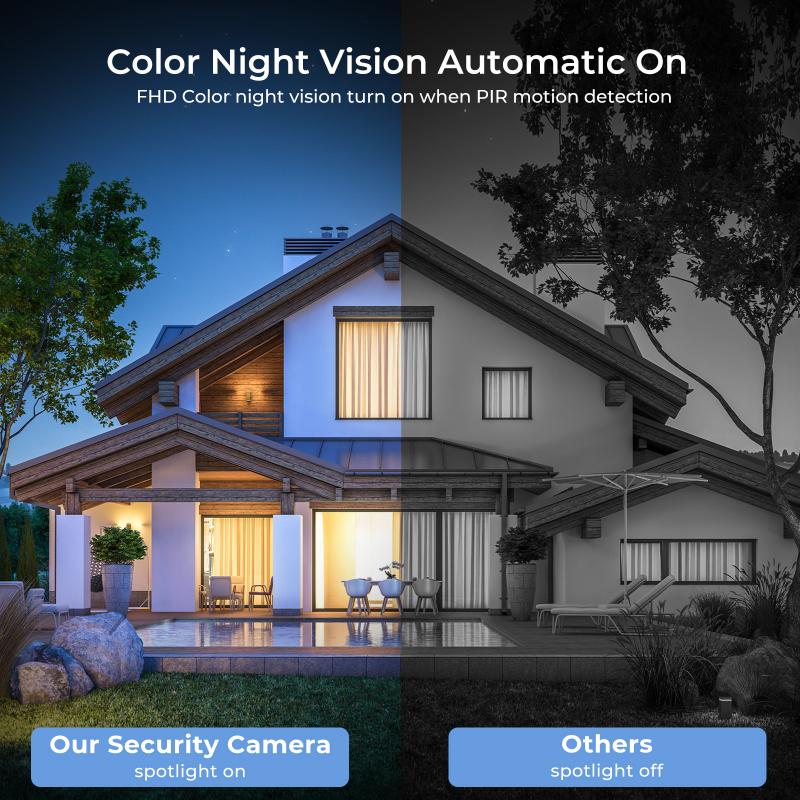
3、 Insufficient Power Supply
There could be several reasons why your WiFi camera is not working, and one of the common causes is an insufficient power supply. WiFi cameras require a stable and adequate power source to function properly. If the camera is not receiving enough power, it may not turn on or may experience intermittent connectivity issues.
Insufficient power supply can occur due to various factors. Firstly, check if the power adapter is properly connected to the camera and the power outlet. Sometimes, loose connections can disrupt the power flow. Additionally, ensure that the power adapter is compatible with the camera's voltage requirements. Using an incompatible adapter can result in insufficient power supply.
Another factor to consider is the quality of the power source. If the power outlet is faulty or experiencing fluctuations, it can affect the camera's performance. Try plugging the camera into a different outlet or use a surge protector to stabilize the power supply.
Furthermore, if you are using a battery-powered WiFi camera, ensure that the batteries are fully charged or replaced if necessary. Weak or depleted batteries can lead to insufficient power supply and cause the camera to malfunction.
Lastly, consider the power consumption of other devices connected to the same network. If multiple devices are drawing power simultaneously, it can strain the power supply and affect the camera's performance. Disconnect unnecessary devices or consider upgrading your power source to accommodate the increased demand.
In conclusion, an insufficient power supply is a common reason why WiFi cameras may not work properly. Ensure that the power adapter is connected securely, use a compatible adapter, check the quality of the power source, and consider the power consumption of other devices. By addressing these factors, you can troubleshoot and resolve the issue with your WiFi camera.
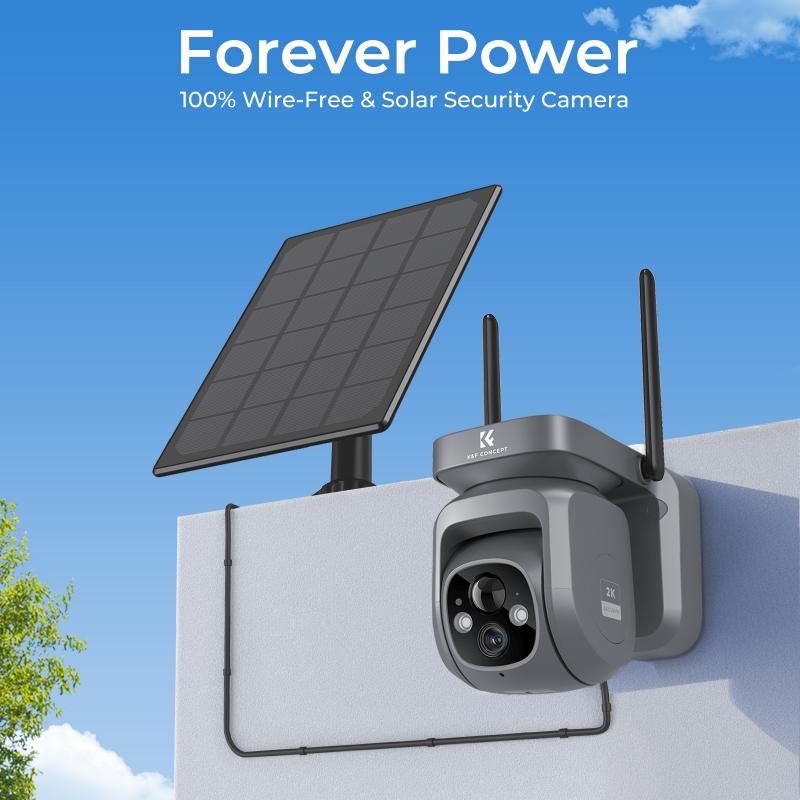
4、 Firmware or Software Compatibility Problems
There could be several reasons why your WiFi camera is not working, but one common issue is firmware or software compatibility problems. Firmware refers to the software that is embedded in the camera's hardware and controls its functionality. Software compatibility problems can arise when the camera's firmware is not compatible with the operating system or software you are using to access the camera.
One possible reason for this compatibility issue is that the camera's firmware is outdated. Manufacturers often release firmware updates to fix bugs, improve performance, and enhance compatibility with new devices and software. If you haven't updated your camera's firmware in a while, it's possible that it is no longer compatible with your current setup.
Another reason could be that the camera's firmware is not compatible with the specific operating system or software you are using. For example, if you recently updated your computer's operating system or installed a new app to access the camera, it's possible that the camera's firmware is not designed to work with that particular software.
To resolve this issue, you should check if there are any firmware updates available for your camera. Visit the manufacturer's website or contact their customer support to find out if there are any updates that address compatibility issues. If an update is available, follow the instructions provided by the manufacturer to install it.
It's also worth checking if there are any software updates available for the app or software you are using to access the camera. Updating the software to the latest version may help resolve compatibility problems.
In conclusion, if your WiFi camera is not working, firmware or software compatibility problems could be the culprit. Updating the camera's firmware and the software you are using to access it can often resolve these issues and get your camera up and running again.
